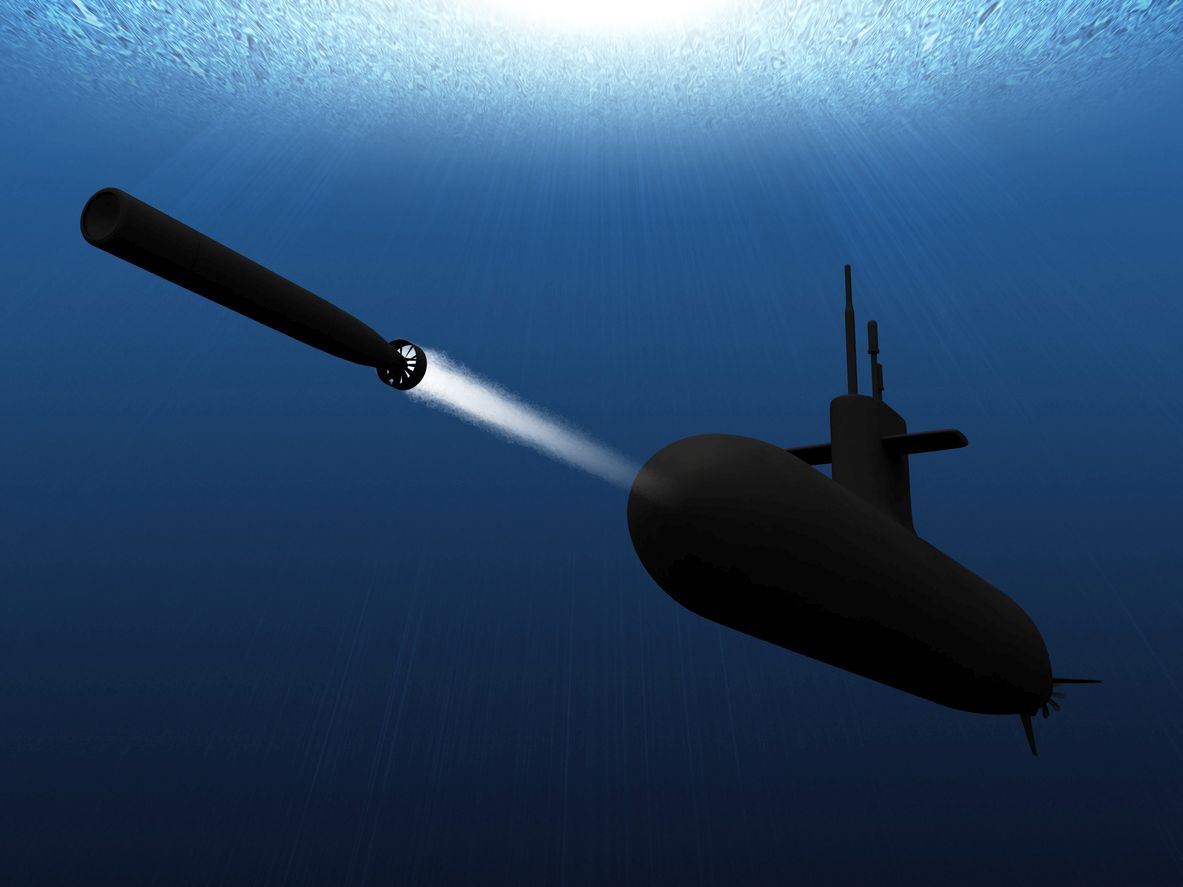
India's SMART way of enhancing anti-submarine warfare capabilities
In a boost to India’s capabilities for anti-submarine warfare, the Supersonic Missile Assisted Release of Torpedo (SMART), an indigenously developed system, was successfully flight tested from the APJ Abdul Kalam Island off the Odisha coast on Monday (October 5).The test was conducted at 11.45 am and it achieved all the objectives of the mission.

In a boost to India’s capabilities for anti-submarine warfare, the Supersonic Missile Assisted Release of Torpedo (SMART), an indigenously developed system, was successfully flight tested from the APJ Abdul Kalam Island off the Odisha coast on Monday (October 5).
The test was conducted at 11.45 am and it achieved all the objectives of the mission, including missile range and altitude, separation of the nose cone, release of torpedo and deployment of velocity reduction mechanism (VRM), defence officials said.
Related News: India joins elite hypersonic missile club, Rajnath hails feat
SMART’s successful testing is significant for demonstrating anti-submarine warfare capabilities, a statement from the defence ministry said.
SMART — a missile-assisted release of lightweight torpedo system for anti-submarine warfare (ASW) operations far beyond the torpedo range — has been developed by the DRDO.
Defence Minister Rajnath Singh congratulated the DRDO for the “significant achievement” and said, “This will be a major technology breakthrough for stand-off capability in anti-submarine warfare.”
DRDO chairman G Satheesh Reddy said SMART is a “game-changer technology” in anti-submarine warfare.
“All the mission objectives (of SMART) including missile flight up to the range and altitude, separation of the nose cone, release of torpedo and deployment of velocity reduction mechanism (VRM) have been met perfectly,” the statement said.
Related News: US approves sale of missile, torpedoes worth USD155 million to India
It said tracking stations, including radars and electro optical systems along the coast, and telemetry stations, including down range ships, monitored the events.
A number of laboratories under the DRDO, including the Defence Research Development Laboratory (DRDL) in Hyderabad, Research Centre Imarat (RCI) again in Hyderabad, Aerial Delivery Research and Development Establishment (ADRDE) in Agra Naval Science and Technological Laboratory (NSTL) in Visakhapatnam helped develop the technology needed for SMART.
Last month India joined a select group of countries having the capability to develop hypersonic missile with scramjet engine.


